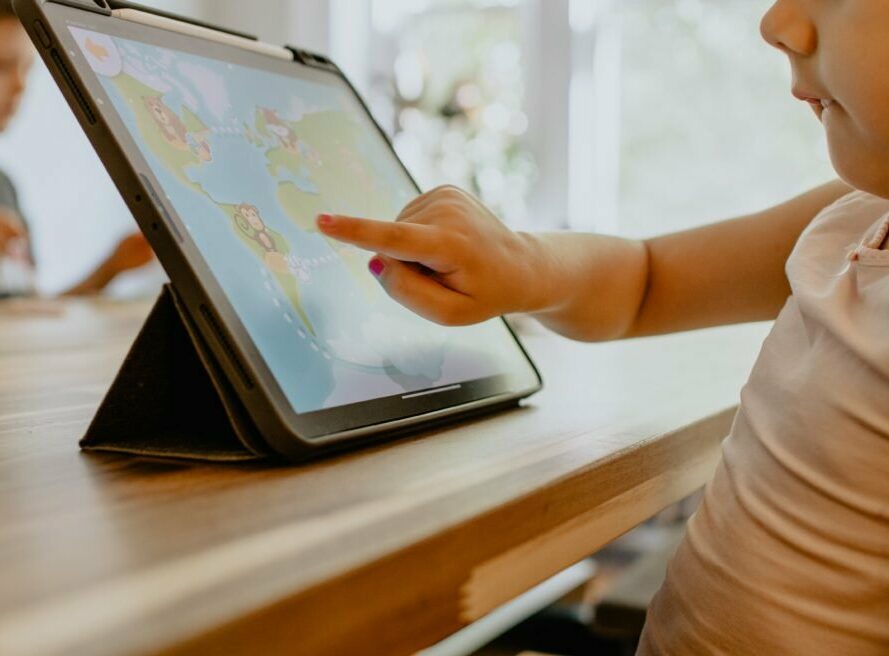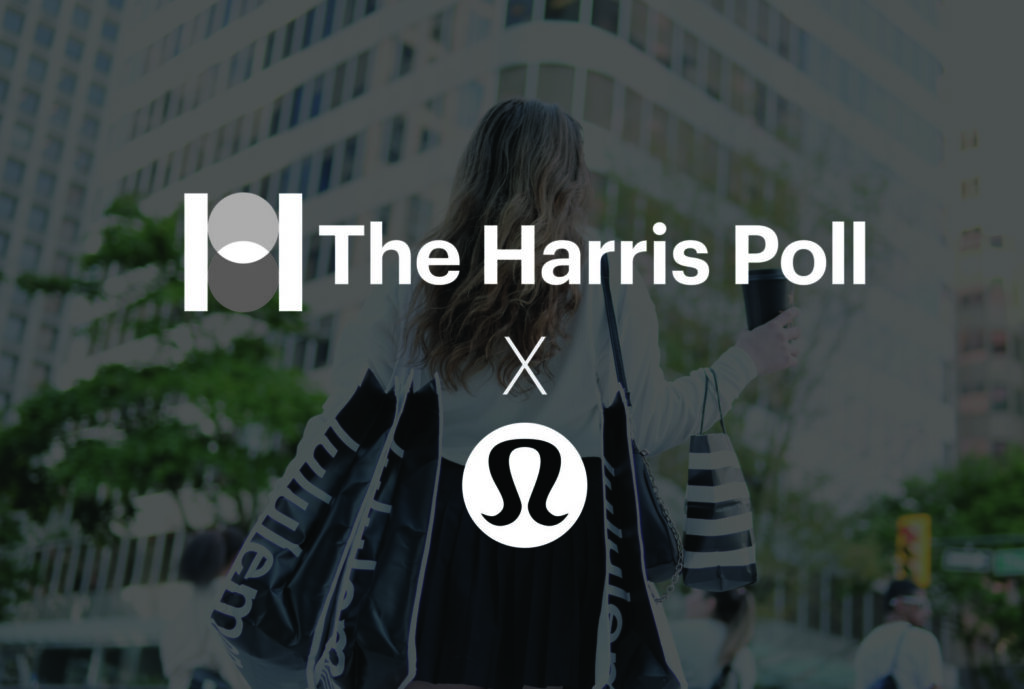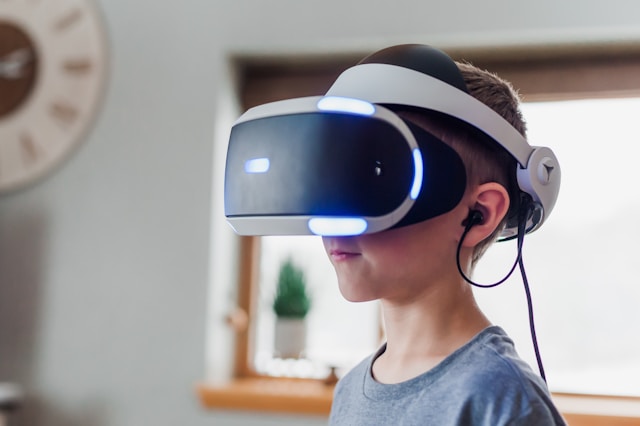Brief • 3 min Read

Over the 2020-21 academic year, most children in grades K-8 were at some point in remote learning due to the COVID-19 pandemic. After this experience, parents want their children to return to in-person instruction in the upcoming school year. Going forward, most parents also want changes to the way students are taught, according to new research conducted by The Harris Poll in partnership with Tutoring Chicago.
LOOKING AHEAD
In the 2021-22 academic year, two-thirds of parents of children in elementary and middle school want them back in the classroom full-time. Another 26% would like their children in a hybrid arrangement, combining in-person instruction with one to three days a week of at home learning.
CHANGES
Almost every parent (96%) wants changes to in-person instruction. They’re conflicted, though, about exactly what is most needed. Roughly three in 10 would like more focus on social skills, increased use of technology at home, more group work, smaller class sizes, increased use of technology in the classroom, and more homework. But almost as many parents (22%) want less homework. And while 23% see the need for a faster-paced curriculum to make up for lost learning, another 23% want slower-paced curriculum to help their children readjust.
LOOKING BACK
To safeguard children from the coronavirus, four of every five students in primary and middle school were in remote learning or a hybrid arrangement of distant learning and in-person instruction in the current school year. Of the remainder, 16% have been in the classroom all year while 3% were home-schooled.
BENEATH THESE NUMBERS
Most parents (58%) considered remote learning a net positive, with 17% judging it a net negative. The other quarter was neutral. There are significant subcurrents in the results that show the experiences of remote learning varied by gender, race and income.
UPSIDES AND DOWNSIDES
The top positives, cited by at least 40% of parents, were more time for them to be involved in their child’s education, more family time and more opportunities for their child to be creative. At least a third of parents also said they child had more opportunities to be physically active, to get more sleep, to become better at time management, and to explore non-academic interests.
On the other hand, more than a third of parents said their children received insufficient attention from their teachers, were lonely and anxious, and had fallen behind peers in learning.
Methodology:
The surveys were conducted online within the United States by The Harris Poll on behalf of Tutoring Chicago between April 9, 2021 and April 12, 2021 among 1,065 U.S. adults ages 18 and older and between April 16, 2021 and April 20, 2021 among 1,105 U.S. adults ages 18 and older, respectively. These online surveys are not based on a probability sample and therefore no estimate of theoretical sampling error can be calculated. Figures for age, sex, race/ethnicity, education, region and household income were weighted where necessary to bring them into line with their actual proportions in the population. Propensity score weighting was used to adjust for respondents’ propensity to be online. For more information on methodology, please contact Dami Rosanwo.
Subscribe for more Insights
Subscribe to our newsletter for the latest trends in business, politics, culture, and more.
Download the Data
Get the full data tabs for this survey conducted online within the United States by The Harris Poll on behalf of Tutoring Chicago between April 9, 2021 and April 12, 2021 among 1,065 U.S. adults ages 18 and older and between April 16, 2021 and April 20, 2021 among 1,105 U.S. adults ages 18 and older, respectively.
Download
Subscribe for more Insights
Subscribe to our newsletter for the latest trends in business, politics, culture, and more.
Download the Data
Get the full data tabs for this survey conducted online within the United States by The Harris Poll on behalf of Tutoring Chicago between April 9, 2021 and April 12, 2021 among 1,065 U.S. adults ages 18 and older and between April 16, 2021 and April 20, 2021 among 1,105 U.S. adults ages 18 and older, respectively.
DownloadRelated Content







